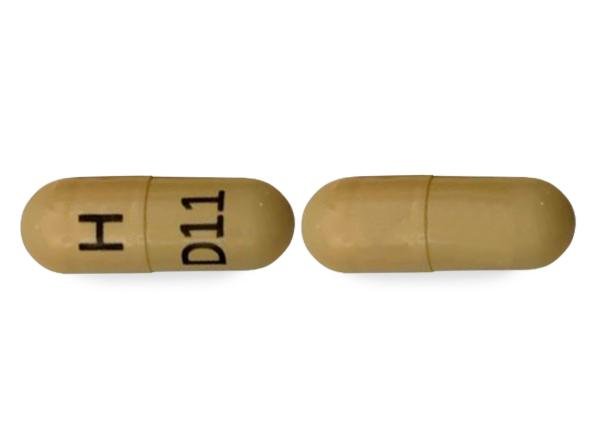Dabigatran Disease Interactions
There are 4 disease interactions with dabigatran.
Dabigatran (applies to dabigatran) valvular heart disease
Major Potential Hazard, Moderate plausibility. Applicable conditions: Prosthetic Heart Valves, Mitral Stenosis
The use of dabigatran is contraindicated in patients with mechanical prosthetic valves. The use of dabigatran for the prophylaxis of thromboembolic events in patients with atrial fibrillation in the setting of other forms of valvular heart disease, including the presence of a bioprosthetic heart valve has not been studied and it is not recommended.
Thrombin inhibitors (applies to dabigatran) active bleeding
Major Potential Hazard, High plausibility. Applicable conditions: Coagulation Defect
The use of thrombin inhibitors is contraindicated in the presence of active major bleeding. Additionally, these drugs should be used with caution in patients with disease states associated with an increased risk of bleeding.
Dabigatran (applies to dabigatran) renal impairment
Moderate Potential Hazard, Moderate plausibility. Applicable conditions: Renal Dysfunction
The anticoagulant activity and half-life of dabigatran may increase in patients with renal impairment. It is recommended to decrease the dose in patients with severe renal impairment (CrCl 15-30 mL/min). No dose adjustment is recommended in patients with mild or moderate renal impairment. Dosing recommendations for patients with CrCl <15 mL/min or on dialysis has not been established. Care should be exercised when using this agent in patients with renal impairment or on dialysis.
Oral anticoagulants (applies to dabigatran) antiphospholipid syndrome
Moderate Potential Hazard, Moderate plausibility.
Direct acting oral anticoagulants including factor Xa inhibitors and some thrombin inhibitors as dabigatran, are not recommended for use in patients with antiphospholipid syndrome (APS). Treatment with these drugs has been associated with increased rates of recurrent thrombotic events, especially in patients with triple positive APS.
Switch to professional interaction data
Dabigatran drug interactions
There are 306 drug interactions with dabigatran.
More about dabigatran
- dabigatran consumer information
- Check interactions
- Compare alternatives
- Pricing & coupons
- Reviews (102)
- Drug images
- Latest FDA alerts (5)
- Side effects
- Dosage information
- During pregnancy
- Drug class: thrombin inhibitors
- Breastfeeding
- En español
Related treatment guides
Drug Interaction Classification
| Highly clinically significant. Avoid combinations; the risk of the interaction outweighs the benefit. | |
| Moderately clinically significant. Usually avoid combinations; use it only under special circumstances. | |
| Minimally clinically significant. Minimize risk; assess risk and consider an alternative drug, take steps to circumvent the interaction risk and/or institute a monitoring plan. | |
| No interaction information available. |
See also:
Further information
Always consult your healthcare provider to ensure the information displayed on this page applies to your personal circumstances.


